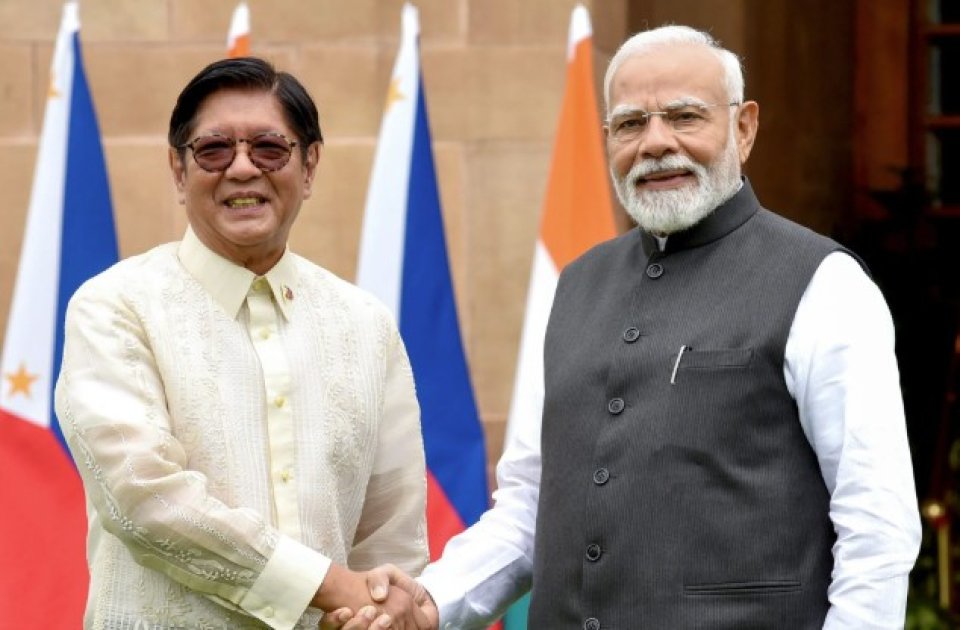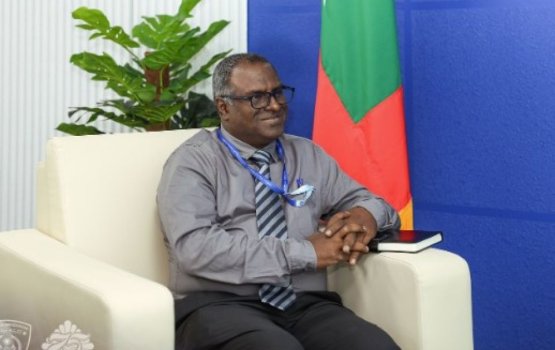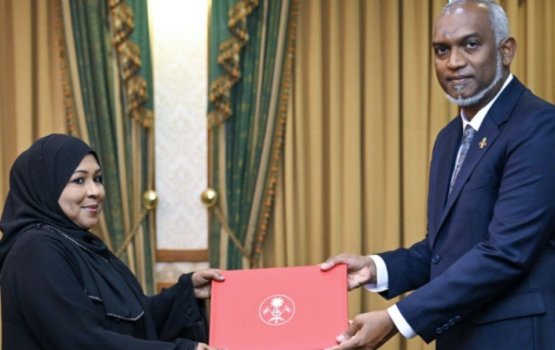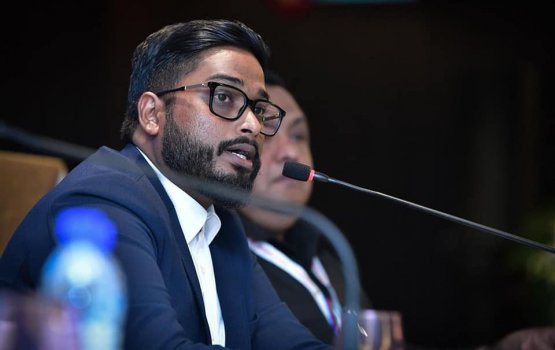The defence and security partnership between India and the Philippines has emerged as the central pillar of their strategic alignment, significantly reinforced during the recent state visit of Philippine President Ferdinand R. Marcos Jr.
One of the clearest indicators of deepening defence ties is the agreement for the sale of BrahMos supersonic cruise missile systems from India to the Philippines — making the Philippines the first foreign buyer of this missile. The BrahMos system, delivered in two batches (April 2024 and April 2025), has notably enhanced the coastal defence capabilities of the Philippine Marine Corps, according to Rahul Mishra, Associate Professor at the Centre for Indo-Pacific Studies, JNU, writing for 360info.
President Marcos Jr. visited India from August 4 to 8, during which Prime Minister Narendra Modi described the growing defence cooperation as a "symbol of deep mutual trust." President Marcos echoed this sentiment, affirming both countries’ commitment to strengthening their defence and security ties. He also praised the rapid modernization of the Philippines' armed forces and highlighted India's expanding defence manufacturing sector — particularly through the BrahMos deal — as a key partner in this effort.
Significantly, on the eve of the presidential visit, the navies of India and the Philippines conducted their first-ever joint maritime exercises in the South China Sea (August 3–4), within the Philippine Exclusive Economic Zone. These drills, intended as a response to growing Chinese maritime assertiveness, involved Indian warships INS Delhi, INS Shakti, and INS Kiltan, along with Philippine vessels BRP Miguel Malvar and BRP Jose Rizal.
This growing cooperation marks a strategic shift in India’s Indo-Pacific policy. While India has traditionally avoided direct engagement in South China Sea disputes, it now openly supports the 2016 international arbitration ruling in favour of the Philippines. The report emphasizes that India increasingly sees the South China Sea not as a peripheral issue but as vital to its own maritime and economic security, and central to its regional leadership ambitions.
Rahul Mishra notes that India's active presence in the South China Sea — through joint naval drills and defence exports — reflects a move beyond diplomacy into operational engagement. The report suggests that this signals India’s readiness to serves as a tangible show of support for regional partners like the Philippines.
For Manila, the deepening partnership with New Delhi reflects a strategic effort to diversify its alliances. By strengthening ties with India, the Philippines aims to reduce its reliance on a single major ally and foster a more balanced, multi-directional approach to regional security and economic cooperation. (Source: IANSlive)







